How to distinguish a battery from an accumulator?
Often, when we come to the store to buy a battery for some device, we find ourselves at a dead end and cannot understand what is in front of us on the display. Is it a simple battery or is it rechargeable? Their appearance, color, size - all this is almost the same. If you do not understand some of the subtleties, then it is quite easy to buy a useless battery instead of a high-quality battery, and then try to charge it. And here, how lucky - if everything goes well, then there will simply be a zero effect, and if it’s not our day, then the fire is not far away.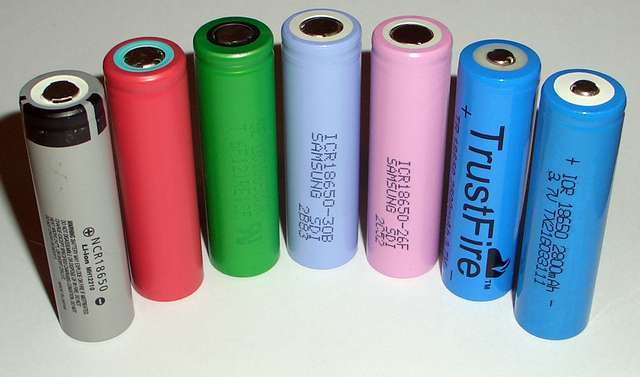
The content of the article
External difference between a battery and a battery
The first thing that will help us in identifying a battery and a simple battery is their labels. Or rather, not they themselves, but the information they contain:
- First of all, we look for marks on the body - rechargeable or do not recharge. The first inscription says that this is a device designed for recharging, and therefore it is a rechargeable battery. The second inscription warns us not to even try to charge it, since it is a regular battery. Sometimes you can come across an information mark - Alkaline, this is also a simple battery, only an alkaline one, which has a longer capacity life.
- In addition to the above-mentioned inscriptions, you can pay attention to the numbers, to the abbreviation mAh - this just means that in front of us we see not a simple battery, but an accumulator, and the numbers indicate its capacity. On a regular battery, the capacity value will not be indicated.
Battery appearance.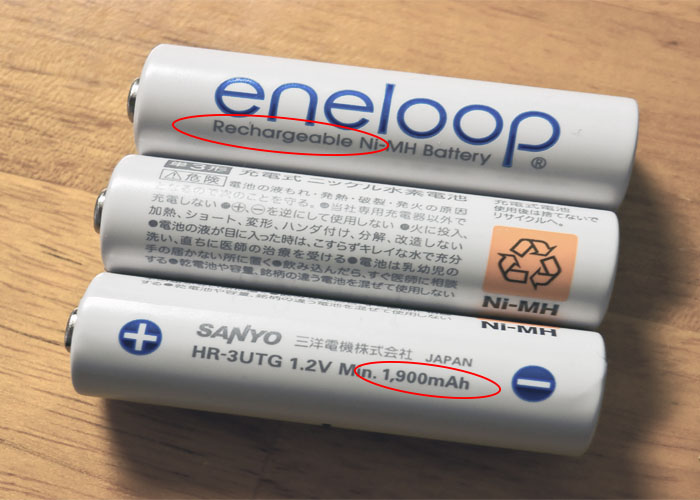
And this is the simplest battery.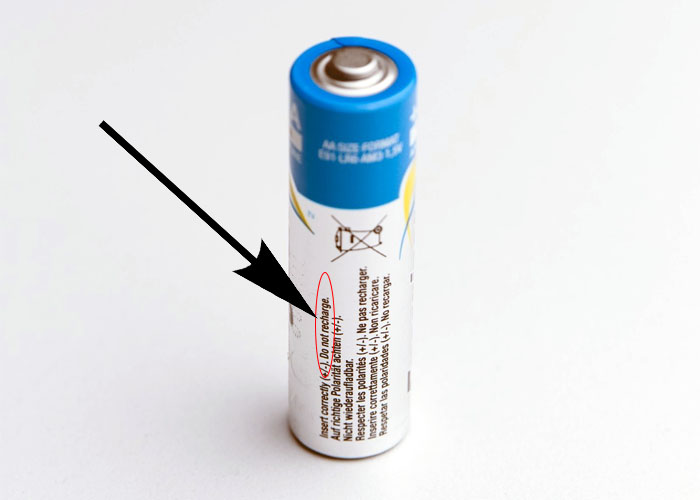
- Ni-Cd - created on the basis of nickel and cadmium.
- Ni-Mh - based on nickel and metal hydride.
- Li-Ion is a classic lithium-ion battery.
As a rule, these characteristic differences are more than enough to recognize the battery. In addition, such power supplies cost slightly more than simple ones.
But there may not be a label on the case, or indeed any inscriptions at all. What to do in this case? Then a good old tester will come to the rescue. The voltage readings for a simple battery will be 1.6 volts, and for an accumulator it will be no more than 1.2 volts.
How to distinguish if there is no marking
It often happens that labels can become damaged, and the applied markings can be erased. It turns out that the battery was left without any identification marks at all. In this case, only a multimeter can help out. 
Rechargeable batteries always have a capacity indication. This indicator lets us know how long the battery can be used without charging it, as well as in what equipment it can be used. In addition, tension should also be taken into account.
A battery has two values:
- 1.2 volts;
- 3.7 volts.
Batteries have slightly higher values:
- 1.5 volts;
- 1.55 volts;
- 3 volts;
- 3.6 volts.
If you pay attention to the last lines in the first and second groups, you will notice that they are practically the same. The difference is only 0.1 volt. Because of this, the battery can be mistaken for a simple disposable battery. The converse is also true.
An ordinary voltmeter can help determine “who is who” in such a situation. But since the differences can be negligible, it would be useful to read the instructions on the device’s body.
Differences between different types of batteries
There are also differences between battery types.
Lithium ion batteries

Nickel and metal hydride batteries
Nickel and cadmium based batteries
I usually look at the voltage in the store, if it says on the case - 1.5 volts is a battery, if 1.2 is a battery. Well, in terms of current I take batteries no lower than 1600 mA.
Everything is much simpler! Having put on your eyes, we look at the inscription. If you saw 600 mAh. (milliamp-hours), then this is a battery. This is how the evon capacity is designated. If there is no such inscription, then it is a battery. All! Otherwise he made a fool of himself, you damn smart guy.
In fact, nothing prevents you from indicating the battery capacity, and sometimes it is indicated.
There hasn't been such verbal diarrhea for a long time.

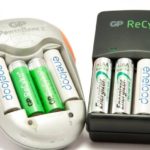


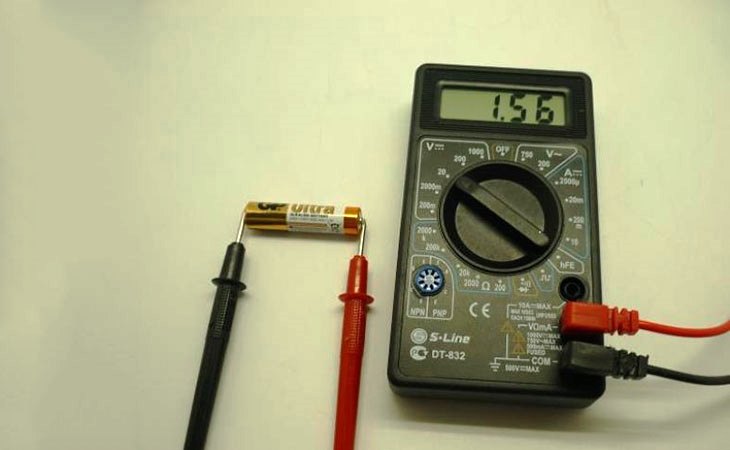
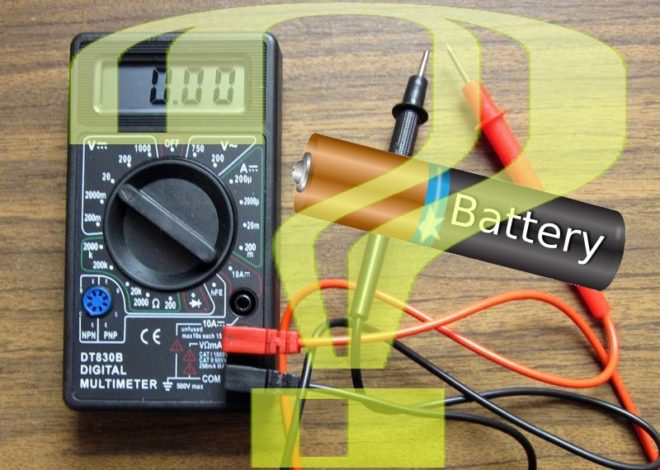
All grandmothers (not to mention the victims of the Unified State Exam) will be very grateful to you for the brevity of your presentation!